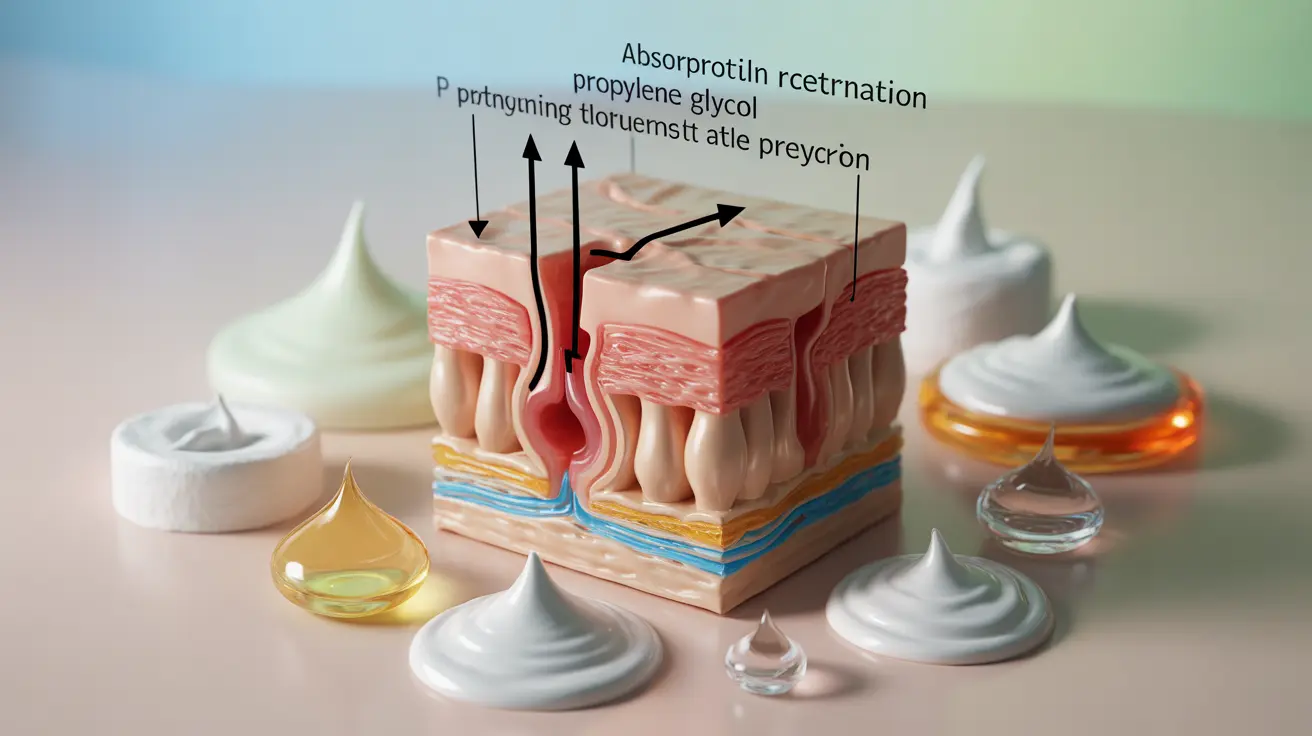Propylene glycol is a common ingredient in many skin care products, serving as a humectant and penetration enhancer. While generally recognized as safe by regulatory bodies, some individuals may experience sensitivity or reactions to this widely used compound. Understanding its effects, potential risks, and alternatives is crucial for making informed skincare choices.
What is Propylene Glycol and Its Role in Skincare
Propylene glycol functions primarily as a moisture-binding ingredient that helps other active ingredients penetrate the skin more effectively. It's found in various products, from moisturizers and serums to cleansers and toners, due to its ability to maintain product stability and enhance ingredient delivery.
Safety and Sensitivity Concerns
While propylene glycol is FDA-approved for cosmetic use, individual reactions can vary significantly. Those with sensitive skin or a history of contact dermatitis may need to exercise particular caution when using products containing this ingredient.
Common Signs of Sensitivity
When skin reacts negatively to propylene glycol, it may manifest in several ways:
- Redness and irritation
- Itching or burning sensation
- Skin rash or hives
- Contact dermatitis
- Dry, flaking skin
Identifying Propylene Glycol Allergies
Determining whether you're allergic to propylene glycol requires careful observation and potentially professional assessment. A dermatologist can perform patch testing to confirm sensitivities, but there are also signs you can monitor at home.
How to Perform a Patch Test
Before using a new product containing propylene glycol, follow these steps:
- Apply a small amount to your inner forearm
- Cover the area with a bandage
- Wait 24-48 hours
- Monitor for any adverse reactions
- Discontinue use if irritation occurs
Alternative Ingredients for Sensitive Skin
If you're sensitive to propylene glycol, several effective alternatives can provide similar benefits:
- Glycerin
- Hyaluronic acid
- Aloe vera
- Squalane
- Natural plant oils
Safe Usage Guidelines
For those who can tolerate propylene glycol, following proper usage guidelines can help minimize potential reactions:
- Start with products containing lower concentrations
- Always perform patch tests with new products
- Monitor skin response during initial use
- Discontinue use if irritation develops
- Consider concentration levels in different product types
Frequently Asked Questions
Is propylene glycol in skincare products safe for sensitive or eczema-prone skin?
Propylene glycol may not be suitable for everyone with sensitive or eczema-prone skin. While some individuals tolerate it well, others may experience irritation. It's essential to patch test products and consult with a dermatologist if you have specific skin concerns.
What are the most common side effects or allergic reactions to propylene glycol in skin care?
Common reactions include redness, itching, burning sensation, contact dermatitis, and skin rashes. The severity of reactions can vary from mild irritation to more significant allergic responses.
How do you know if you're allergic to propylene glycol in lotions or creams?
Signs of an allergy include immediate or delayed skin reactions such as redness, itching, or rash after product application. A proper patch test or dermatologist-conducted allergy testing can confirm sensitivity.
Are there good moisturizing ingredients that can replace propylene glycol for sensitive skin?
Yes, effective alternatives include glycerin, hyaluronic acid, squalane, and natural plant oils. These ingredients can provide similar moisturizing benefits without the potential for propylene glycol-related reactions.
How should I patch test a new skincare product that contains propylene glycol?
Apply a small amount to your inner forearm, cover with a bandage, and monitor for 24-48 hours. Look for any signs of irritation, redness, or discomfort. If no reaction occurs, the product is likely safe to use on your face or body.




